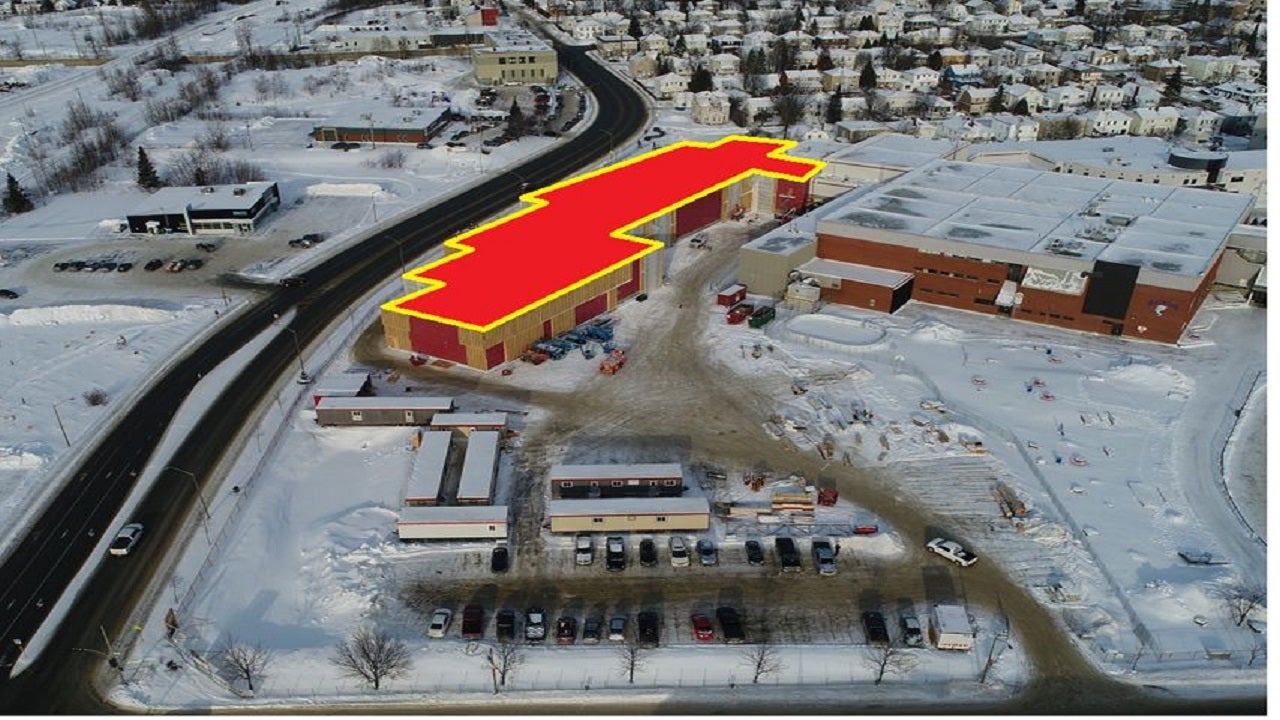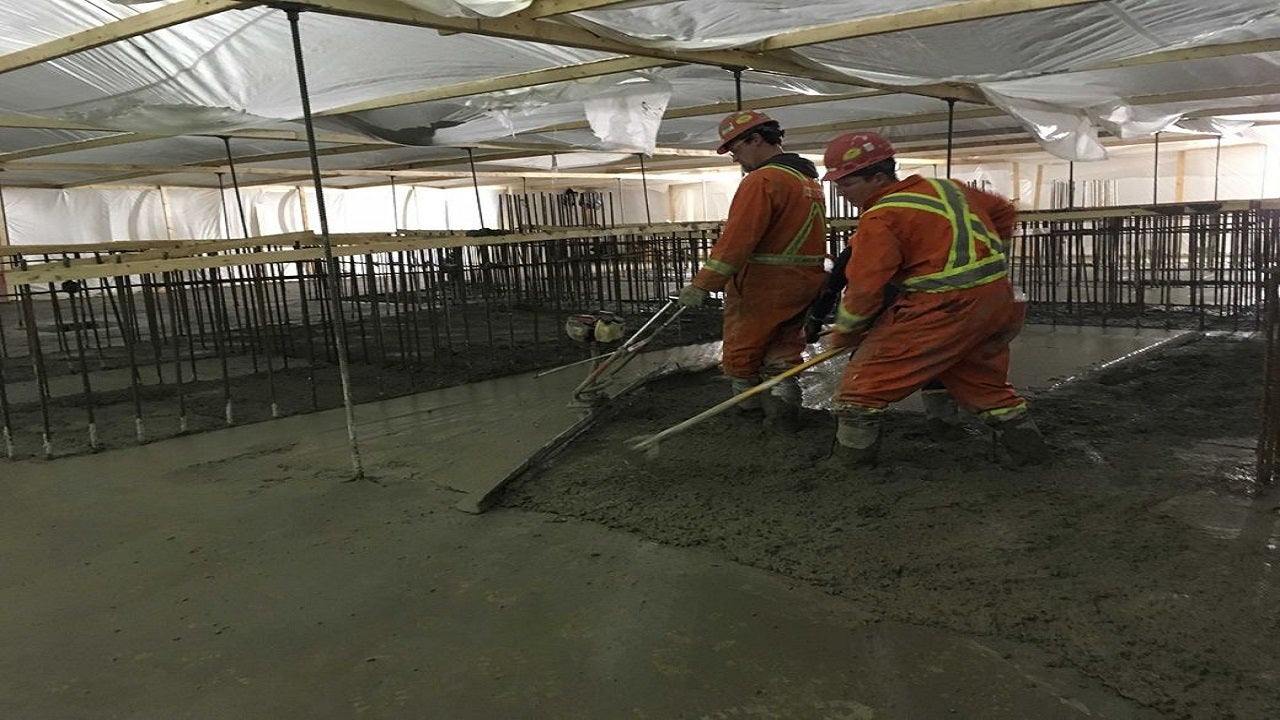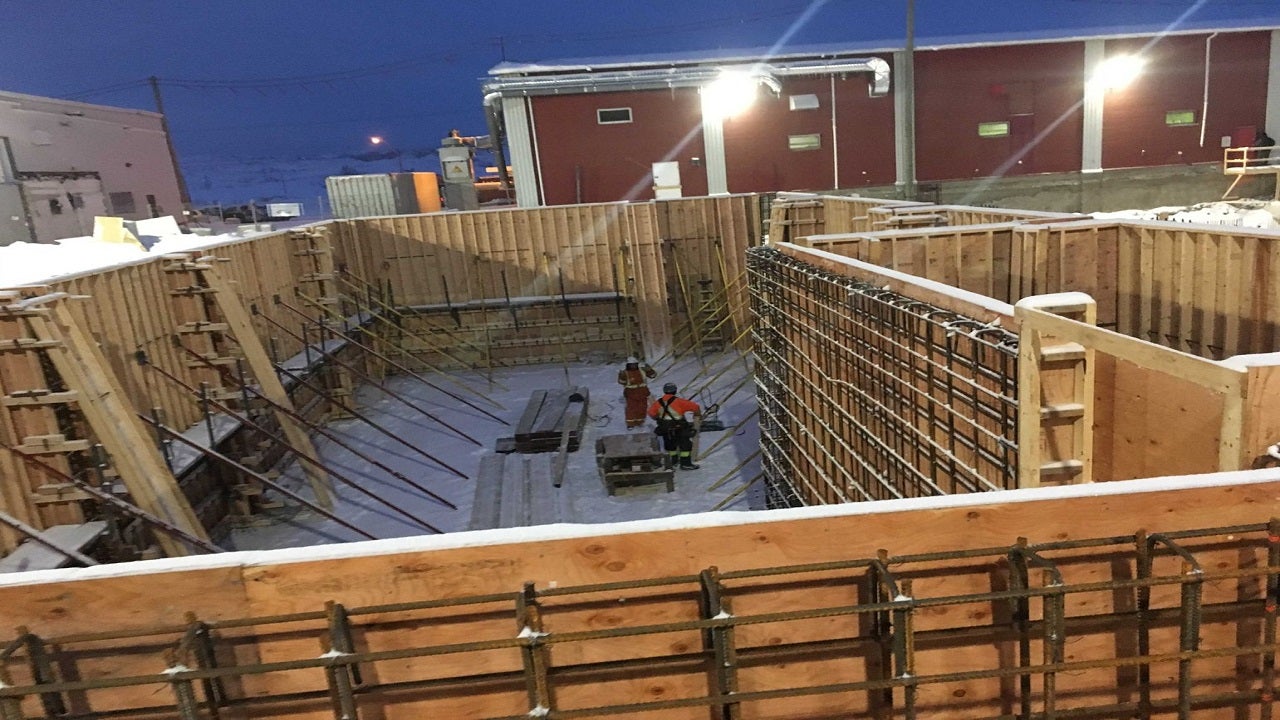The Horne 5 is a volcanogenic massive sulphide (VMS) gold-silver-copper-zinc deposit located beneath the former producing Horne gold mine in Rouyn-Noranda, Quebec, Canada.
Project developer and operator Falco Resources completed a feasibility study in October 2017. With approximately $801.7m of pre-production capital investment, the Horne 5 project was expected to annually produce up to 268,000oz of gold over an estimated mine life of 15 years.
Osisko Gold Royalties, which owns a 19.9% interest in the project, has provided a $10m loan facility and will purchase up to 100% of the refined silver output of the project under a purchase agreement signed with Falco.
In October 2020, Glencore Canada agreed to provide $10m in bridge financing via senior secured convertible debenture to Falco for the development of the Horne 5 project.
Glencore and Falco also signed life-of-mine copper and zinc concentrate offtake agreements for the project in the same month.
Location and historical background
The Horne 5 property is located in the Abitibi region of Rouyn-Noranda, in the Canadian province of Quebec. The project site is easily accessible via provincial highways 117 and 101.
The Horne 5 project area includes the historical Horne and Quemont mines, along with the Horne 5 deposit. Discovered in 1920, the Horne mine was operated by Noranda from 1926 to 1976, while the Quemont mine, located 600m from the Horne mine, was active between 1949 and 1971.
Ore reserves
The mine is estimated to contain proven and probable ore reserves of 80.9 million tonnes (Mt), graded at 1.44g/t Au and 14.14g/t Ag.
Mining method for the Horne 5 project
Horne 5 will employ transverse long-hole stoping with primary and secondary sequences as the main mining method, with some segments of the ore body planned to be mined using longitudinal long-hole retreat and pillarless sequences.
The proposed design of the underground mine calls for ore extraction at a rate of 15,500 tonnes per day (tpd).
The transverse long-hole stoping method was chosen due to the vertically dipping geometry of the mineralized zones, The technique can also incorporate a high degree of mechanisation and automation to facilitate a high rate of production as well as the teleoperation of the mine.
Before mining could begin at the Horne 5 deposit, the old excavations surrounding the project area encompassing the Horne, Quemont, and the Donalda mines will have to be dewatered. The dewatering process is estimated to take approximately two years.
Ore processing
The Horne 5 project will have a 15,500tpd processing plant on-site, adjacent to the mine office and dry building.
The plant will house a semi-autogenous grinding (SAG) and ball milling (SAB) circuit, and three flotation circuits to recover copper, zinc, and pyrite concentrates.
The grinding area, housing the SAG and ball mills, will be located in the main processing building, along with the flotation cells, carbon-in-pulp (CIP), electrowinning, the paste backfill plant, tailings pumps, etc.
Whereas the pre-leach thickeners, leach tanks, pre-detox thickeners, cyanide destruction tanks, lime and paste backfill binder silos will be situated outside the process plant.
The final copper concentrate product from the facility will be transported by trucks while the zinc concentrate shipment will be by rail.
Infrastructure facilities for the Horne 5 project
The project infrastructure spans over the Horne 5 mining complex and the tailings management facility situated at a distance of 11km. Both the sites are connected via pipelines for tailings disposal and water reclamation.
The Horne 5 mining complex will see the construction of the process plant, headframe, hoist room, ore storage reclaim tunnel and stockpile, and an electrical substation among other infrastructure facilities.
The electricity supply will be provided from the nearby HydroQuébec, Rouyn-Noranda substation.
A railway spur will be constructed to connect the process plant concentrate loadout area to a new storage area for inbound and outbound cars, linking directly to the existing Canadian National Railway rail line. The railway line will be used for the supply of inbound goods and reagents and to manage the shipping of concentrates.
Potable water will be received from Rouyn-Noranda’s potable water system while the natural gas will be supplied from the GazMétro network through certain modifications to the existing supply network.
Contractors involved
BBA was contracted by Falco to prepare the technical report of the feasibility study. Other companies involved in the preparation of the report included InnovExplo, Golder Associates, WSP Canada, SNC-Lavalin Stavibel, and RIVVAL.






